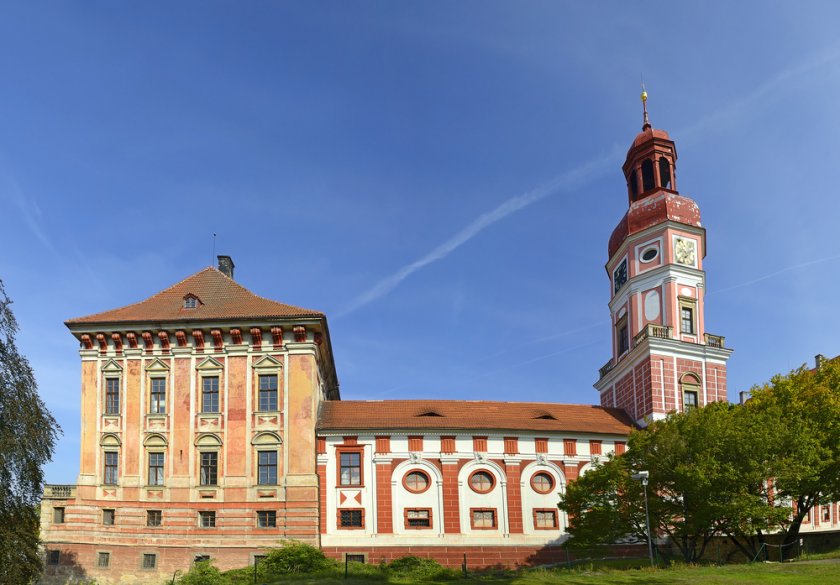Roudnice castle
Between 1652 and 1684, a Baroque chateau was built in Roudnice nad Labem, in the place where the original Romanesque castle once stood, which was later repaired and enlarged. At the beginning of the second half of the 16th century, when Jan Tarnovský of Tarnov was the owner of the local estate, the eastern castle wing and a round tower were built, which connects to the east wing and forms the eastern end of the castle.
Information for visitors
Interesting facts Roudnice castle
Furthermore, the construction of the complex continued under the ownership of Vilém of Rožmberk in 1575. His fourth wife was Polyxena of Pernštejn, who remarried after the death of her husband - Zdeněk Popel of Lobkovice. The expansion of the chateau took place after their marriage, specifically in the form of the construction of the western wing of the chateau, thanks to which the entire complex received a trapezoidal floor plan of a closed concept.
Another building era is associated with Václav Eusebio of Lobkowicz, who in 1652 began a completely radical reconstruction of the existing complex. The Italian architect Pietro Colombo was commissioned to repair the entire complex, after which Francesco Caratti was to design a floor plan with four wings surrounding a rectangular courtyard, however, his work is only preparatory work and implementation of the lower floors in the east wing of the castle. His work was continued by Carlo Orsolini and finally by Antonio Porta, who completed the entire construction in 1684.
The chateau was very valuable and there was also a library in Lobkovice, which since the 17th century also contained a famous collection of manuscripts by Bohuslav Hasištejnský of Lobkovice. In addition, there was also a family archive and a museum with valuable collections, the famous Roudnice collection of paintings, which combined the Rosenberg, Pernstein and Lobkowicz picture galleries with a collection of portraits by both Central European and Dutch and Spanish authors.
During the Second World War, the castle premises were used as a barracks for the German army and then for the Czech army. Later, a military conservatory lived here until 2009. Currently, the castle is open to the public.
Author: Andrea Štyndlová

